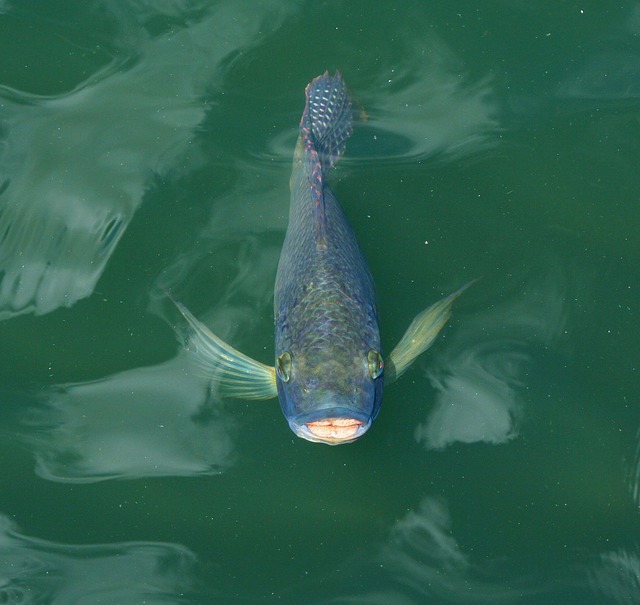
Which bait for carp fishing?
The carp fishing requires the right equipment to avoid unpleasant surprises. Appropriate bait should also be prepared to increase the chances of catching carp.
For many anglers, learning to fish for carp can be a serious challenge. Carp are combative and powerful fish that can be caught from the shore. Finding carp is not difficult, although this species can be quite shy or hesitant. If a carp detects a slight movement on the fishing line, the chance of catching one may be lost. Experienced anglers recommend placing the rod in special rod holders on the shore. This accessory keeps the equipment still while waiting for a hit.
Carp fishing in a lake
A medium to slightly heavy rod with 10lb braided fishing line can be used. You need about two feet of 20lb fluorocarbon leader line and a 3-way rig connected to a medium sized circle hook. On the free leg of the rig, a separate piece of leader material is chosen to attach a weight. The three-way rig will help keep the bait on the bottom – where carp feed most often.
Canned corn or dough balls are two of the best baits for carp fishing in a lake. However, it is essential to check the fishing regulations to ensure that these baits are allowed.
Once you have the right equipment and baits ready, all you need to do is find the right spots to catch the fish. Carp are no different to other fish in that they prefer lake areas where there is some type of structure that offers food and protection. Another tip for fishing for this fish is to look for sections of the lake that include overhanging tree branches, weed edges or logs.
Fishing for carp in a river
River carp fishing uses the same type of tackle as the lake method. This includes a three-way rig and bait. The main difference when learning how to catch carp in a river is to take into consideration that these rivers generally have stronger currents. Stronger currents mean that carp need to expend more energy to adapt to the river’s current.
Because river carp expend more energy, they need to feed more frequently. They tend to be found in areas of a river where there are constant food sources. Care is taken to locate river entrances and exits, or places where the river connects to another body of water. The currents in these types of areas will regularly deposit food sources and carp will often be found in the vicinity.
